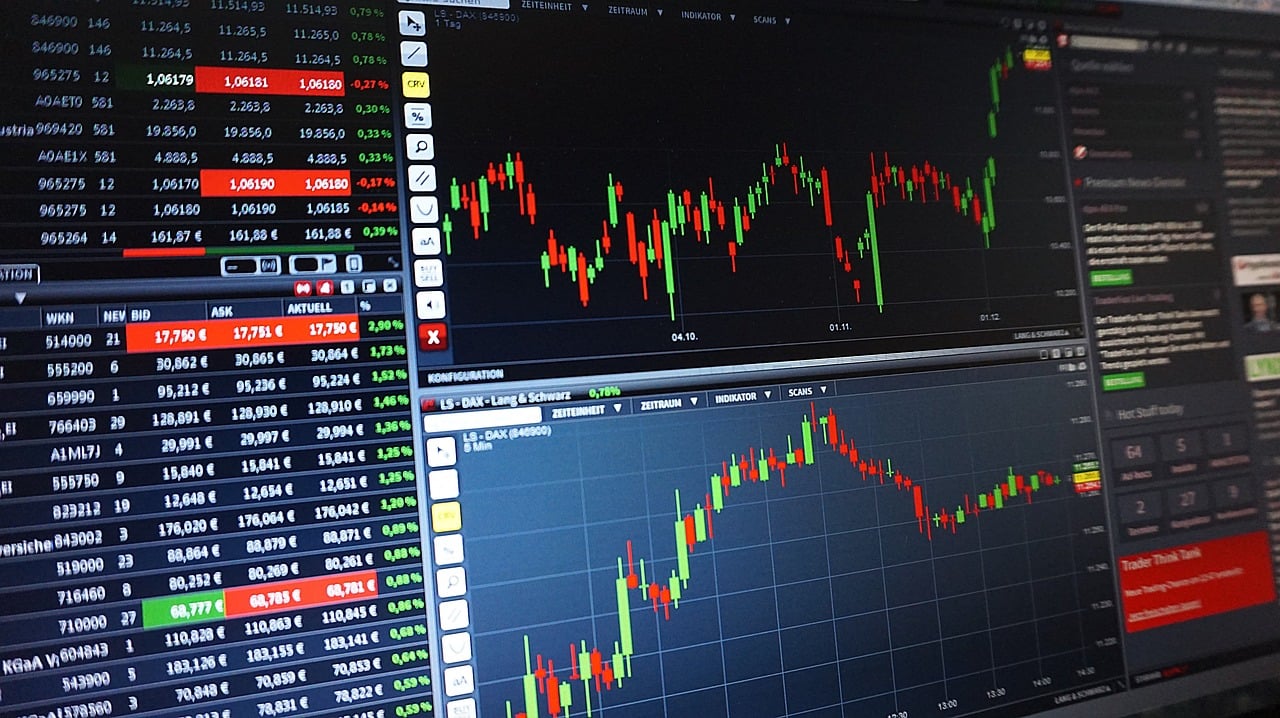Commenting on today’s trading which was a bad day on the NYSE, Gorilla Trades strategist Ken Berman said:
The major indices got hit very hard on Friday, registering their worst day since early August, as Amazon’s blowout earnings report wasn’t enough to (AMZN) outweigh the coronavirus related worries. The Dow was down 603, or 2.1%, to 28,256, the Nasdaq lost 148, or 1.6%, to 9,151, while the S&P 500 fell by 58, or 1.8%, to 3,226. Decliners outnumbered advancing issues by an almost 4-to-1 ratio on the NYSE, where volume was well above average.
Stocks had their second bearish Friday in a row, and this time around, the technical damage was more significant. The Dow broke below its 50-day moving average, for the first time in almost four months, as the negative economic surprises, especially the four-year low in the Chicago PMI added to the selling pressure among industrials.
Stocks suffered their worst one-day loss in almost three months on Monday, due to the fears of a full-blown global coronavirus epidemic, but bulls held their ground well amid the global risk-off shift later on. The mostly positive earnings reports from the tech sector supported the broader market all week long, as although Facebook (FB) published disappointing numbers, Apple (AAPL), Microsoft (MSFT), and especially Amazon (AMZN) blew away expectations in the fourth quarter. The Fed left its benchmark interest rate unchanged, but as Chairman Jerome Powell was surprisingly cautious concerning the U.S. consumer and the coronavirus-threat, the Central Bank added to the downward pressures on Treasury yields.
Day day on the NYSE, NASDAQ
The key economic releases leaned bullish this week, and even though investors were focusing on the Chinese outbreak and seeking the safe-haven of Treasuries, the U.S. economy remains on a positive trajectory. Core durable goods orders provided the biggest negative surprise of the week, but headline orders beat the consensus estimate, while the blowout Richmond Manufacturing Index made last week’s bullish Philly Fed index even more encouraging.
The GDP report was mixed, with the first reading of fourth-quarter GDP matching the consensus estimate, but the GDP Price Index hinting on some demand-side weakness. The CB consumer confidence number beat expectations by a wide margin, and even though personal spending was lower-than-expected, the consumer economy remains the engine of growth in n the U.S.
Bullish picture on the NYSE still strong
The technical picture remains clearly bullish despite the deepest pullback since October, and the major indices, even the relatively weak Dow, are still very close to their all-time highs. The S&P 500, the Nasdaq, and the Dow are still well above their rising 200-day moving averages, and apart form the lagging Dow, the benchmarks also closed the week above their steeply rising 50-day moving averages.
Small-caps, as measured by the Russell 2000 had a decisively bearish weak, and the index dipped below its 50-day moving average for the first time in over three months. The Volatility Index (VIX) got close to the key 20 level on Monday, and while it quickly gave back most of its gains, it closed just below 19 on Friday.
Market internals deteriorated for the second week in a row on Wall Street, as small-caps continued to weigh on the most reliable breadth measures. The Advance/Decline line declined by the most since August due to the broad pullback, as decliners outnumbered advancing issues by a 4-to-1 ratio on the NYSE, and by a 3-to-1 ratio on the Nasdaq. The average number of new 52-week highs declined again on both exchanges, falling to 70 on the NYSE and 43 on the Nasdaq. The number of new lows surged higher in the meantime, jumping to 95 on the NYSE and to 91 on the Nasdaq. The percentage of stocks above the 200-day moving average also fell sharply due to the broad selloff, and the indicator closed near 60%, well below the 70% level that it has been flirting with in recent weeks.
Shortsellers get hit
Short interest spiked higher this week, especially in the tourism- and trade-related stocks, as value investors scrambled to hedge their exposure to the markets most affected by the coronavirus outbreak. Our previous pick, MiMedx (MDXG) remained upbeat in the face of the selling pressure, and since its short interest even increased, to 62%, the stock might be ready for another technical breakout.
Planet Fitness (PLNT) also sports a very high short interest of 61%, and the stock hit its highest level since June this week, with bulls now having its all-time high in their sight. Hormel Foods (MRL) continued to rally this week, leaving behind its prior all-time high form 2018, and the stocks days-to-cover (DTC) ratio of 18 could mean that the rally is just starting.
Even though the coronavirus outbreak will likely occupy the headlines next week, we will have crucial economic releases coming out that might have a longer-lasting effect on the NYSE and NASDAQ stocks. The ISM manufacturing and non-manufacturing PMIs will be out on Monday and Wednesday respectively, while the week’s most important release, the government jobs report is scheduled for Friday. As for corporate earnings, Google parent Alphabet’s (GOOG) report will highlight the week, but the numbers of Disney (DIS), Merck (MRK) and Philip Morris (PM) also have the potential to move the market. Stay tuned!





